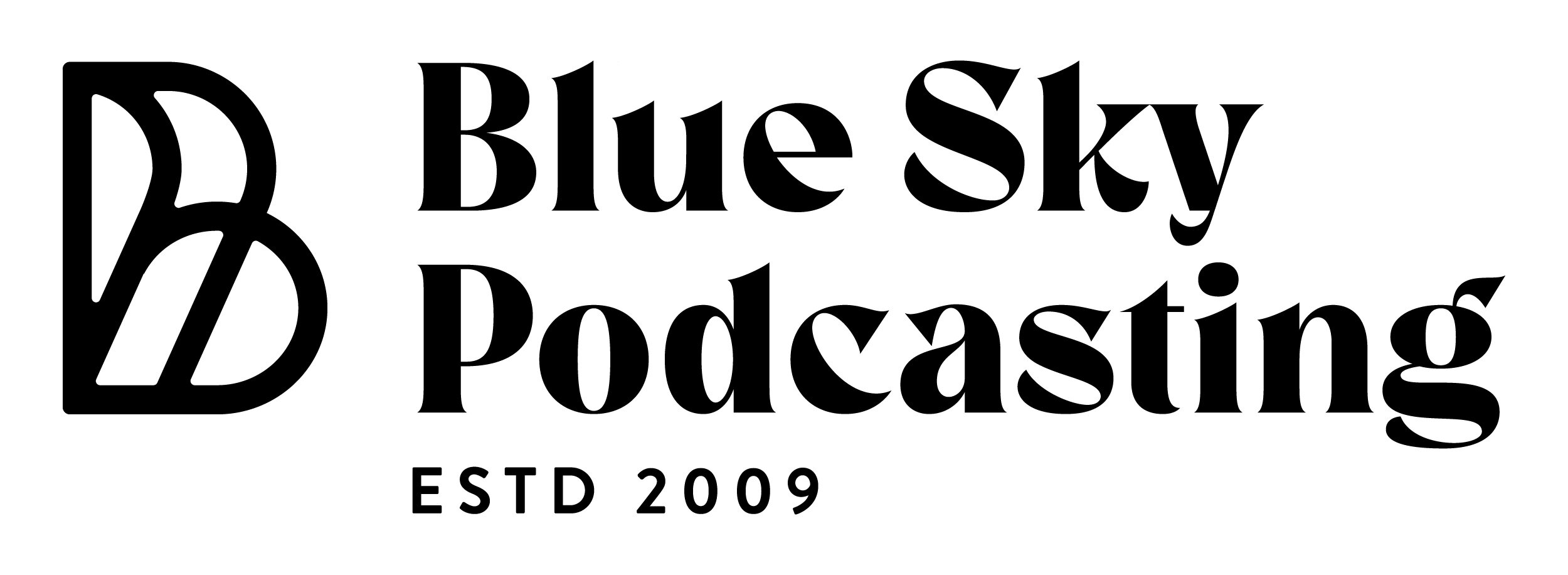Podcast Tips and Tricks for Making the Most of Virtual Recordings
We're busier than ever. Asking someone to spend a few minutes on your podcast or videocast is a decision that will undoubtedly weigh. Is it worth the exposure? Will this help grow my business? How can this person help me reach more of my ideal customers? These are all questions that your potential guests are asking. Still, they're more likely to say yes when you make it easy for them.
One way to make a podcast easy for your guests is by recording the interview virtually. Virtual podcasts allow the guest interview to happen in the middle of a busy day from the comfort of their office or home. But there are benefits for you too.
We always encourage our hosts to batch-record episodes. Knocking out 2 or 3 in a day can hugely benefit your schedule and allow you to get in a great rhythm. While it's possible to batch episodes in person, it's much quicker to do virtually.
Here are the three ways to record a podcast when the host and guest are not in the same location. We'll list them in order of preferred to least preferred.
Platforms built for podcasting, like Riverside, Squadcast, and Zencastr come in first place. These platforms are typically easy to use but bring in critical features that are best for podcasts and video-cast. Each of the previously mentioned platforms has different features, but they all record audio and video of much higher quality than your standard communication tools like Zoom or Webex.
Sometimes, a guest is familiar and comfortable with Zoom, Webex, or Teams. In that case, we're happy to use those platforms. Still, they come in second place because they are designed for meetings, not high-fidelity recordings. Additionally, they have their own feature sets, like noise reduction and background adjustment. These are great features for meetings but bake in artifacts and hard-to-adjust settings when it's time for post-production.
Phone calls are our least favorite, but sometimes wind up being the only option. We have a political show where we often interview senators and congressional leadership. Most of the time, the guest is a call-in. Not our favorite, but if the guest is on the road and out of pocket, this might be the only option.
I'd also add as an honorable mention Apple's FaceTime audio. It typically sounds excellent, but both parties need to be using apple devices and have sturdy internet for a more extended conversation. For this reason, it didn't make the top of the list.
Of course, it's not always rainbows and butterflies with virtual recordings. We've had a few interviews delayed or disrupted because of internet connection, technology glitches, and life that wouldn't happen if the guest were in the studio. Additionally, as a host, the rhythm of a virtual recording is a bit different than in person. As a result, hosts often need to "stick to the script" more virtually and avoid rabbit trails where in-person seems to add more flexibility.
At the very least, virtual recordings can be a handy tool in the tool kit. At their best, they can be a powerful tool for you and a selling point for making your guest's life a little easier.
